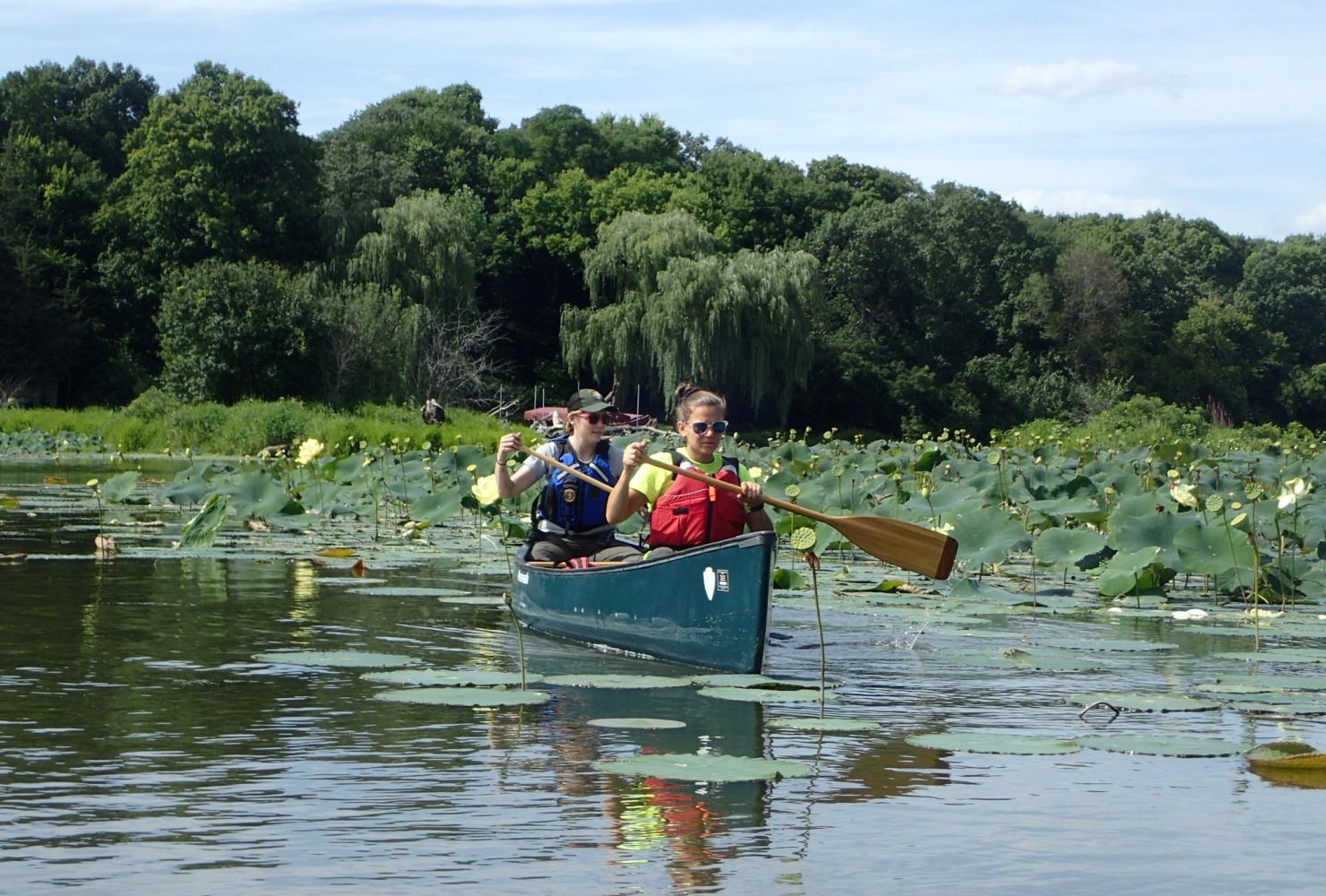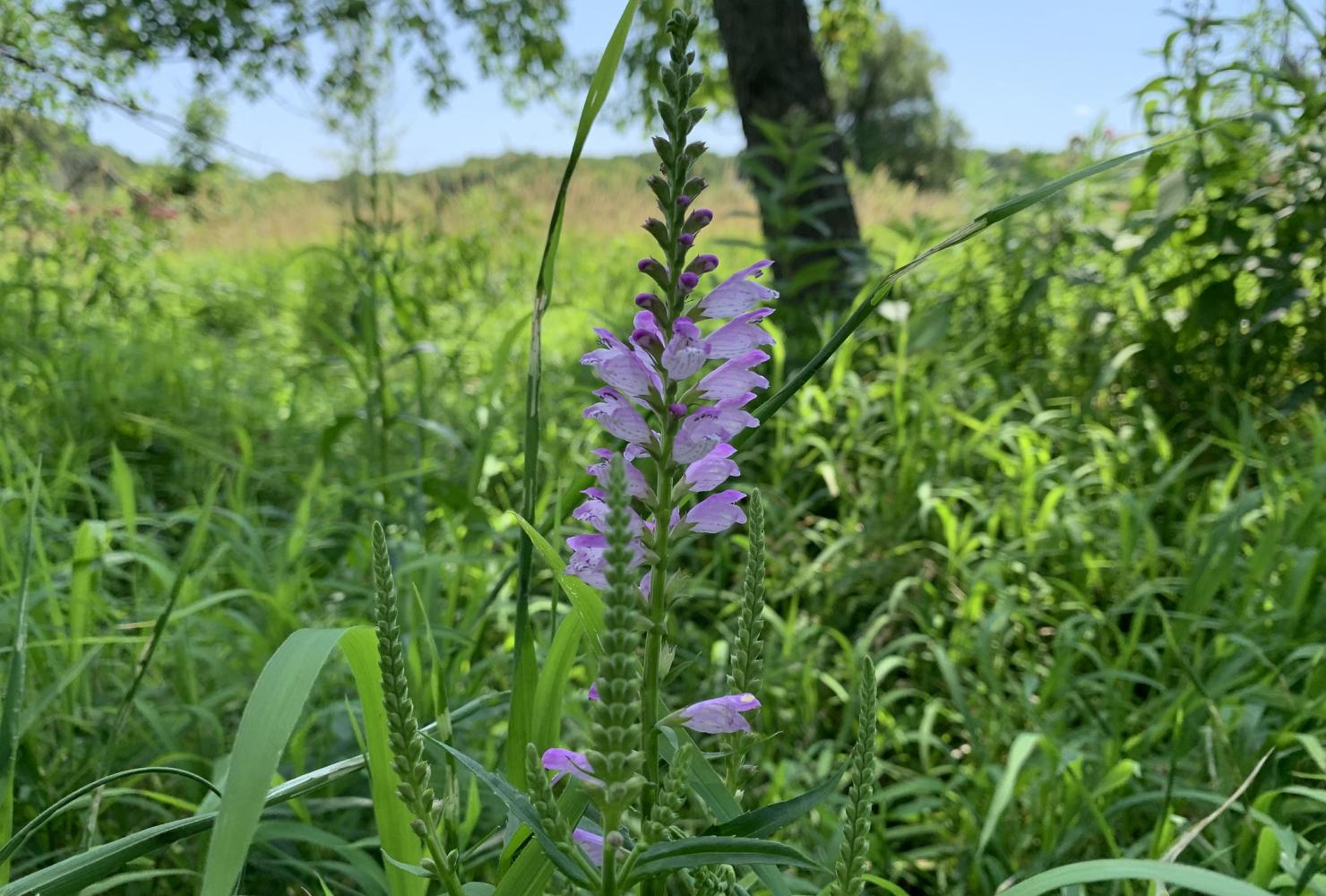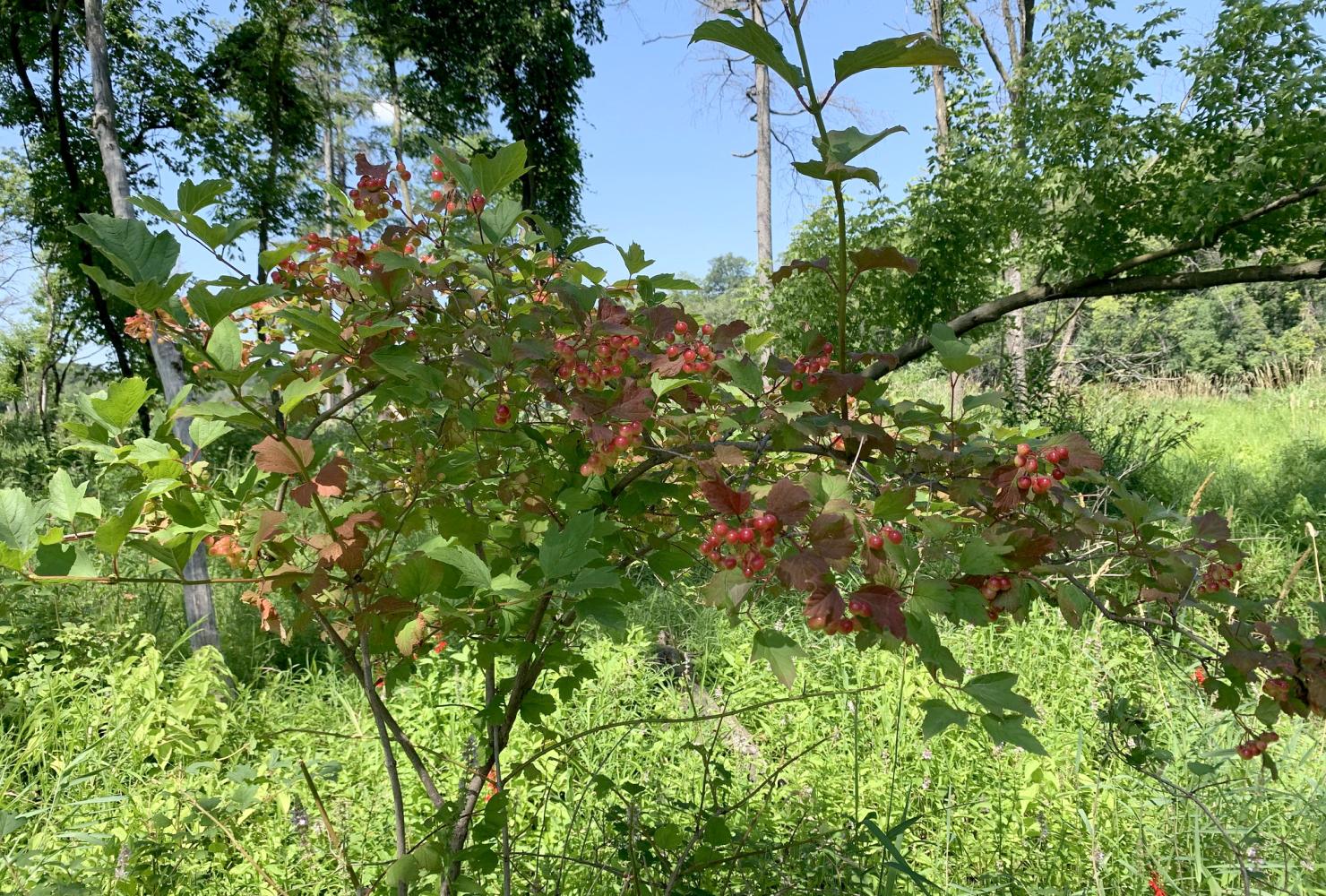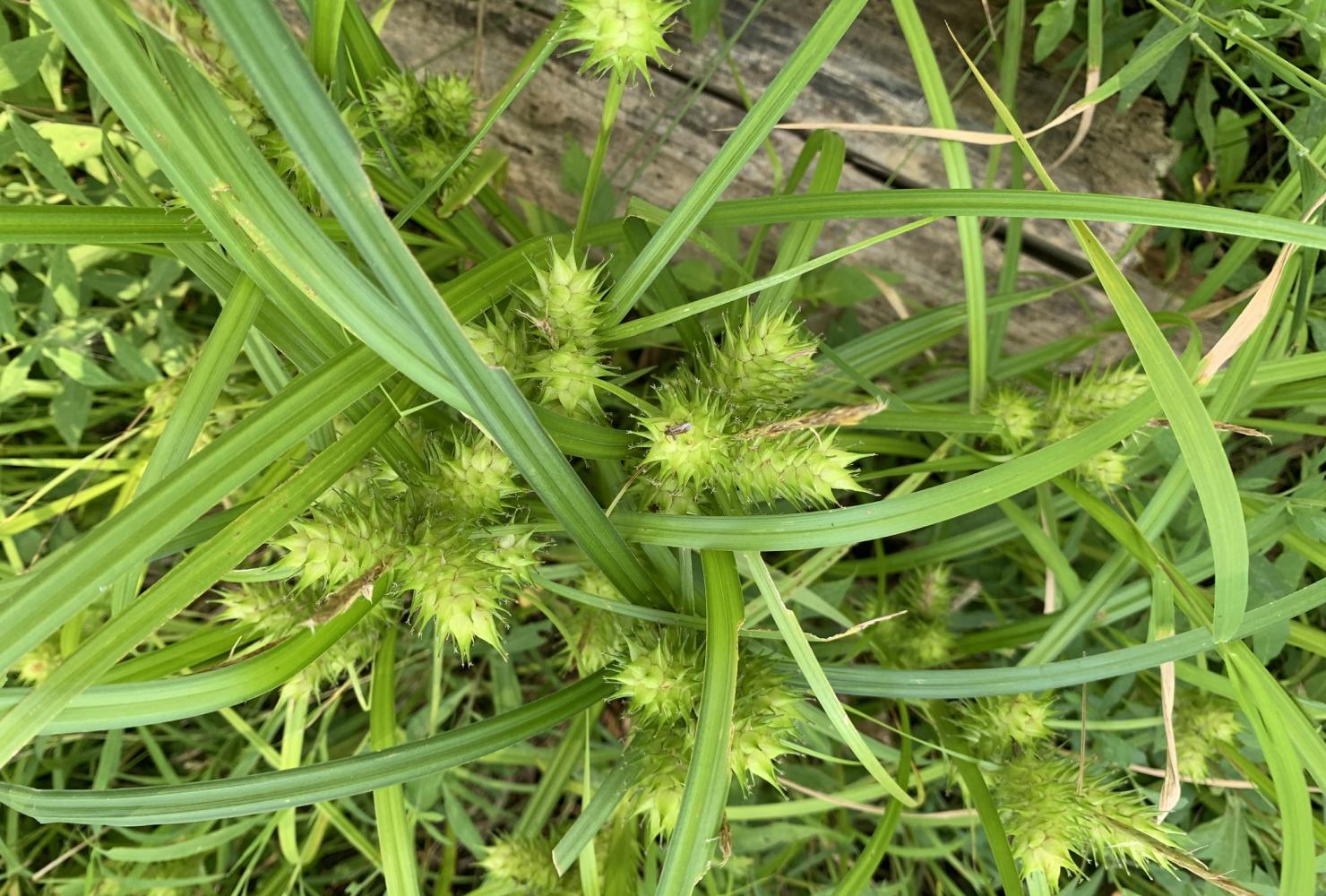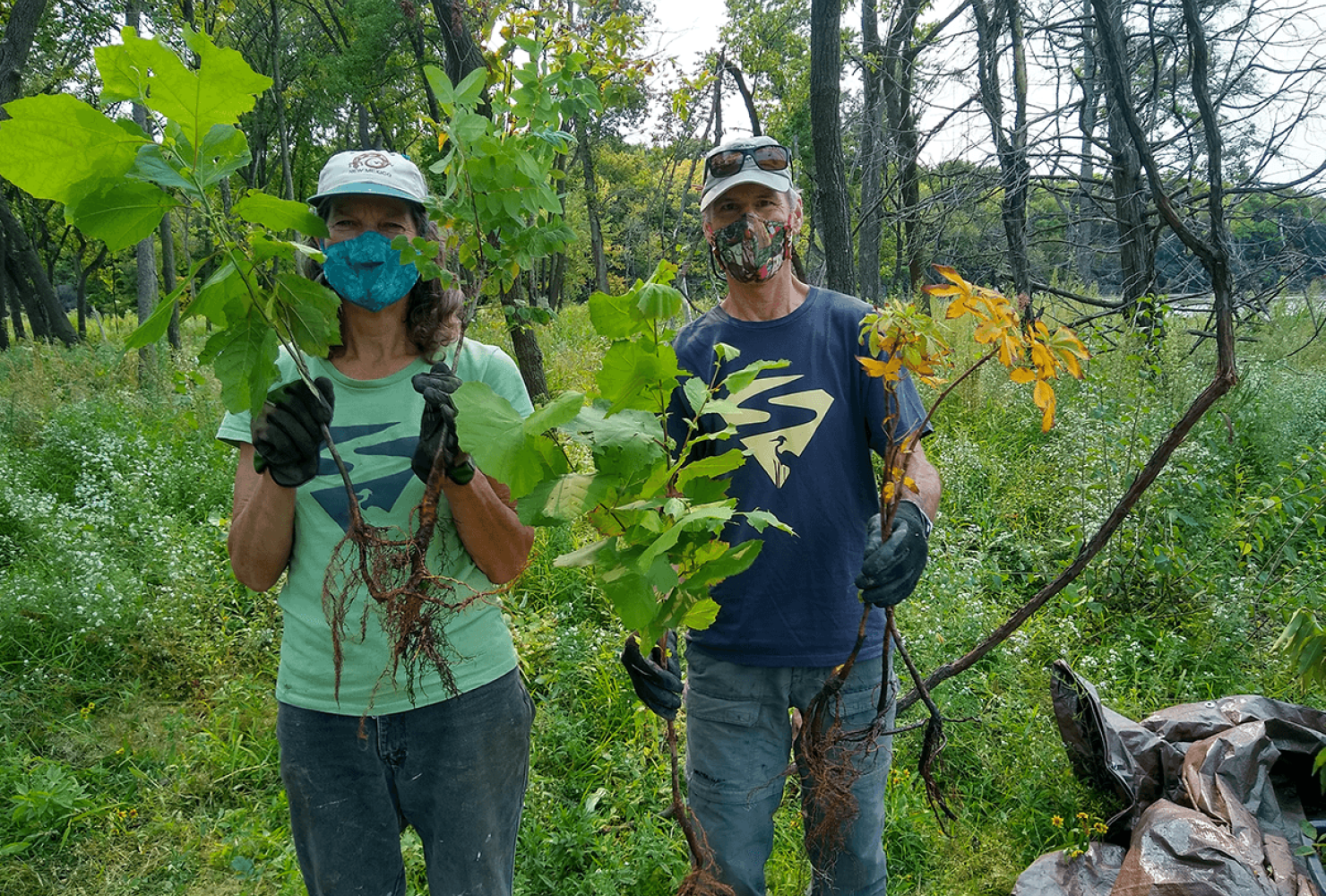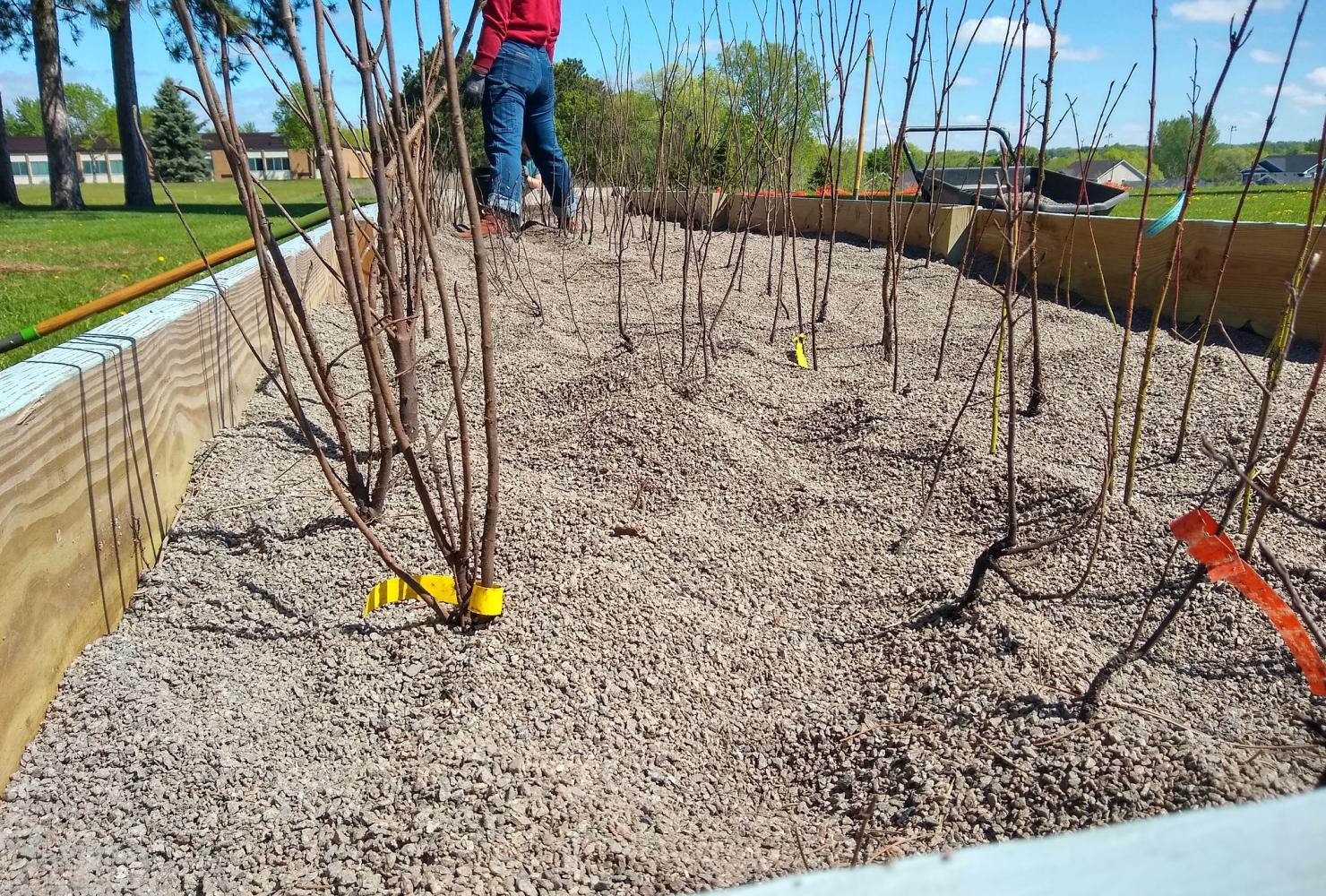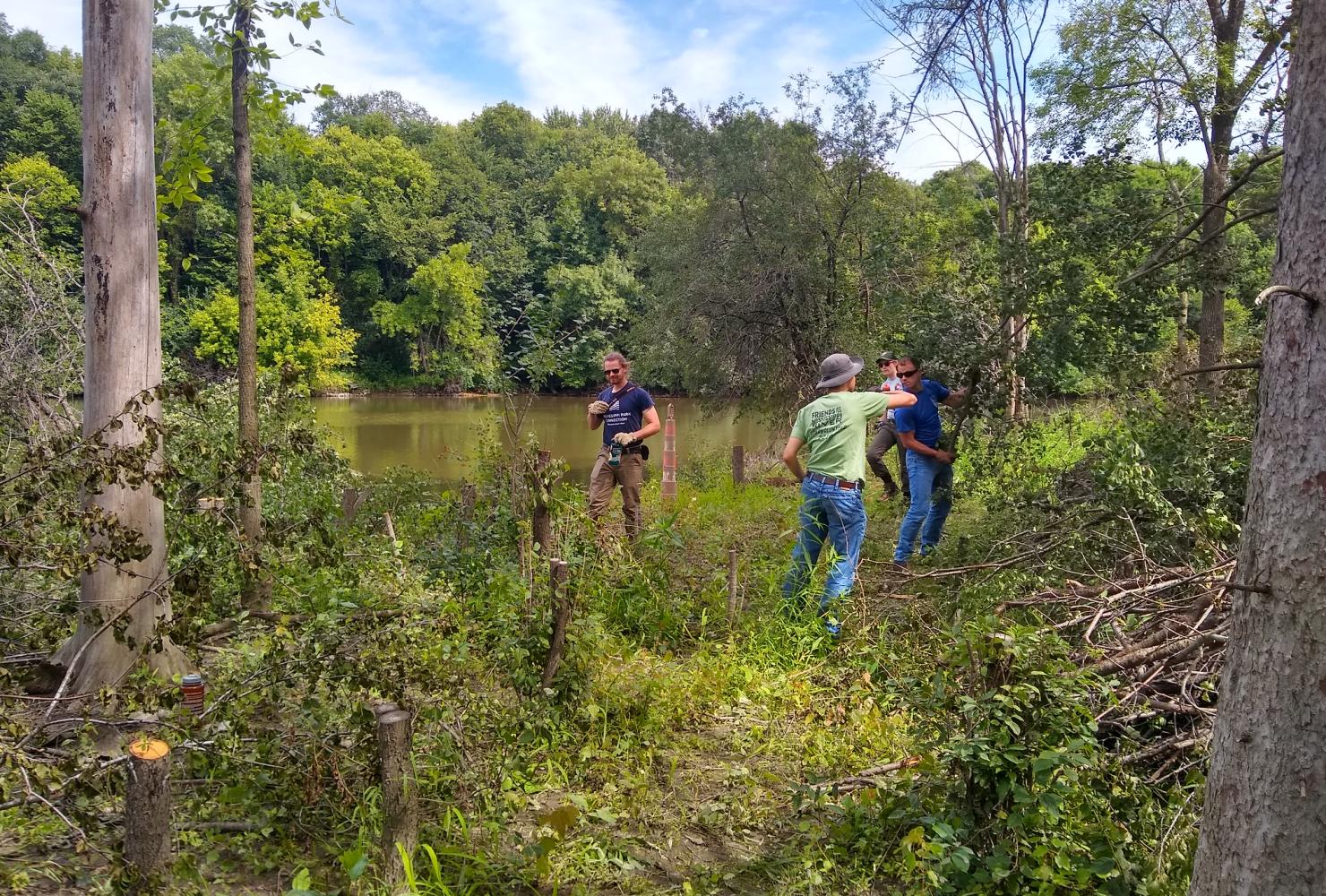Settler's Island

In the Grey Cloud channel on a 3-acre island once thick with buckthorn, we're planting climate-adapted trees and native understory, increasing habitat resilience amidst climate change. You can visit via kayak or canoe!
Where is Settler's Island?
Settler's Island is located in the Grey Cloud slough, a back channel of the Mississippi River in Cottage Grove.
Settler's Island is one link in a habitat corridor made of five FMR restoration sites on the east side of the river south of the Twin Cities, including nearby Grey Cloud Dunes SNA. Settler's Island is also across the Mississippi River from our trio of Pine Bend Bluffs restoration sites.
The public is welcome to visit Settler's Island, which is owned by the city of Cottage Grove, though there is no access except by water. We wrote this guide on how to paddle to the island from Hazen P. Mooers Park.
Our work here takes place on Dakota homelands. Learn more.
What's special about Settler's Island?
If paddling to an island to explore diverse floodplain habitat sounds like your kind of adventure, then Settler's Island should be on your list!
Settler’s Island is the site of a relaxing stop on Cottage Grove's water trail, a canoe and kayak route that meanders around Grey Cloud Island, through the recently daylit Grey Cloud slough and past Grey Cloud Dunes SNA.
As you paddle north through Grey Cloud slough, watch for basking turtles, nesting bald eagles and even a few patches of American Lotus — Minnesota's largest native wildflower.
When you arrive at Settler's Island, you may be greeted by stands of cardinal flower, one of Minnesota’s only true red wildflowers. Cardinal flower's color and flower shape make it a hummingbird magnet.
The island is also home to a wide variety of sedges, specialized grasses that often like wetter soils. Other wetland plants you might find include swamp milkweed, obedient plant, ironweed and boneset. Our native American highbush cranberry is also present on the island, and its shiny, red, translucent fruits are an important food source for cedar waxwings and other wildlife.
Our work at Settler's Island
Recreational access
FMR has been restoring habitat on the island since 2018. But we've also helped the city of Cottage Grove create better access to the island itself. Together we installed a canoe and kayak launch and picnic pad and table at the west end of the island to allow paddlers and anglers to stop, have a bite to eat, and take in the beauty of the Grey Cloud Slough. These are amenities that make the site attractive for paddlers and anglers alike.
Habitat restoration
Islands within large river systems are dynamic places. During snowmelt and early spring rains, the Mississippi River can swell and inundate the many islands that dot its backchannels. These flood flows carry large sediment loads, which are both high in nutrients and may bring weedy seeds from elsewhere along the river corridor. As the high water recedes later in spring, the islands are left with a cover of mucky soil, seeds and debris, and the islands are vulnerable to the establishment of invasive plants.
Settler's Island experienced these effects. While it was home to a mix of forest and wetland habitat, it had also been severely degraded by invasive species such as buckthorn and reed canary grass. Buckthorn is especially troublesome in floodplains because it tends to shade out understory plants that would otherwise be present to stabilize soils during flooding.
Our restoration work has focused on reducing erosion and increasing habitat. After initial removal and follow-up management of buckthorn, we seeded native species tolerant of periodic flooding on the island. But, wetland restoration sites often gift us a preserved native seed bank just waiting for the right light and soil moisture conditions. This was true of Settler's Island. Once we removed the dense cover of buckthorn, we saw many wetland species like blue flag iris and hop sedge reappear on their own.
This restoration project has been a model for partnership. FMR has engaged not only the city of Cottage Grove and our own contracted crews, but has worked with Mississippi Park Connection and the National Park Service on this island as well.
In one of the most adventurous stewardship events we’ve ever hosted, volunteers paddled out to the island with 300 climate-adapted trees and shrubs and planted what will become a resilient native canopy on the island. These trees and shrubs were grown in a gravel bed nursery with help from our project partners at Mississippi Park Connection.
Now, an island that was once unusable due to its impenetrable wall-to-wall buckthorn is accessible for recreation and better for wildlife habitat and water quality.
Where a past lack of native vegetation had caused sections of the island to slough off into the river during flooding, and bare soil meant that floods would scour the island and release sediment into the river, deep-rooted native plants now provide year-round ground cover.

Where there was a dearth of native understory plants due to the deep shade cast by a buckthorn sub-canopy, seeded wildflowers now bloom during the growing season, providing resources for pollinators.
And where native trees and shrubs had been crowded out, newly planted trees and shrubs provide food for wildlife, and the next generation of climate-adapted trees make the site resilient to future changes.
Thanks to our collective efforts, the island is now home to a diverse array of forest and wetland plants, and the wildlife of the river corridor are using the island as a resource for both food and nesting. You might notice a few trees along the perimeter of the island that have been chewed by beavers or see bald eagles gliding overhead looking for the catch of the day.
Find out more and get involved
- Volunteer with us to restore places like this.
- Learn how to paddle to Settler's Island.
- Visit other local floodplain forests.
- Contact FMR project lead Laura Domyancich-Lee.
Partners and funders for our work at Settler's Island
This work was made possible by Minnesota's Outdoor Heritage Fund, the city of Cottage Grove, the 3M Foundation, the Edith Hahn Wildlife Fund, Mississippi Park Connection, the National Park Service and by our generous volunteers and donors like you!
Where we work
FMR maintains over three dozen habitat restoration and land protection sites in the metro area.
